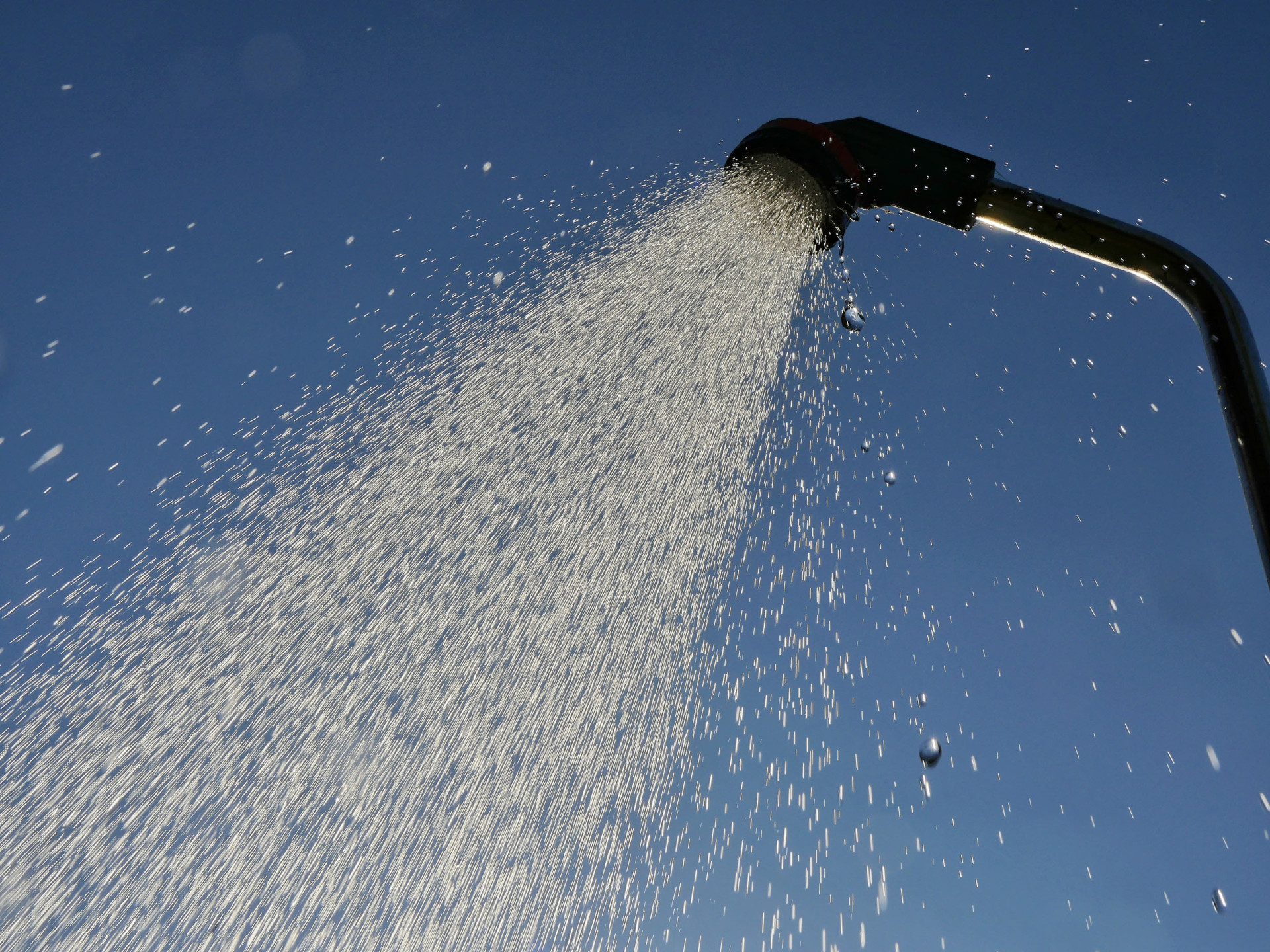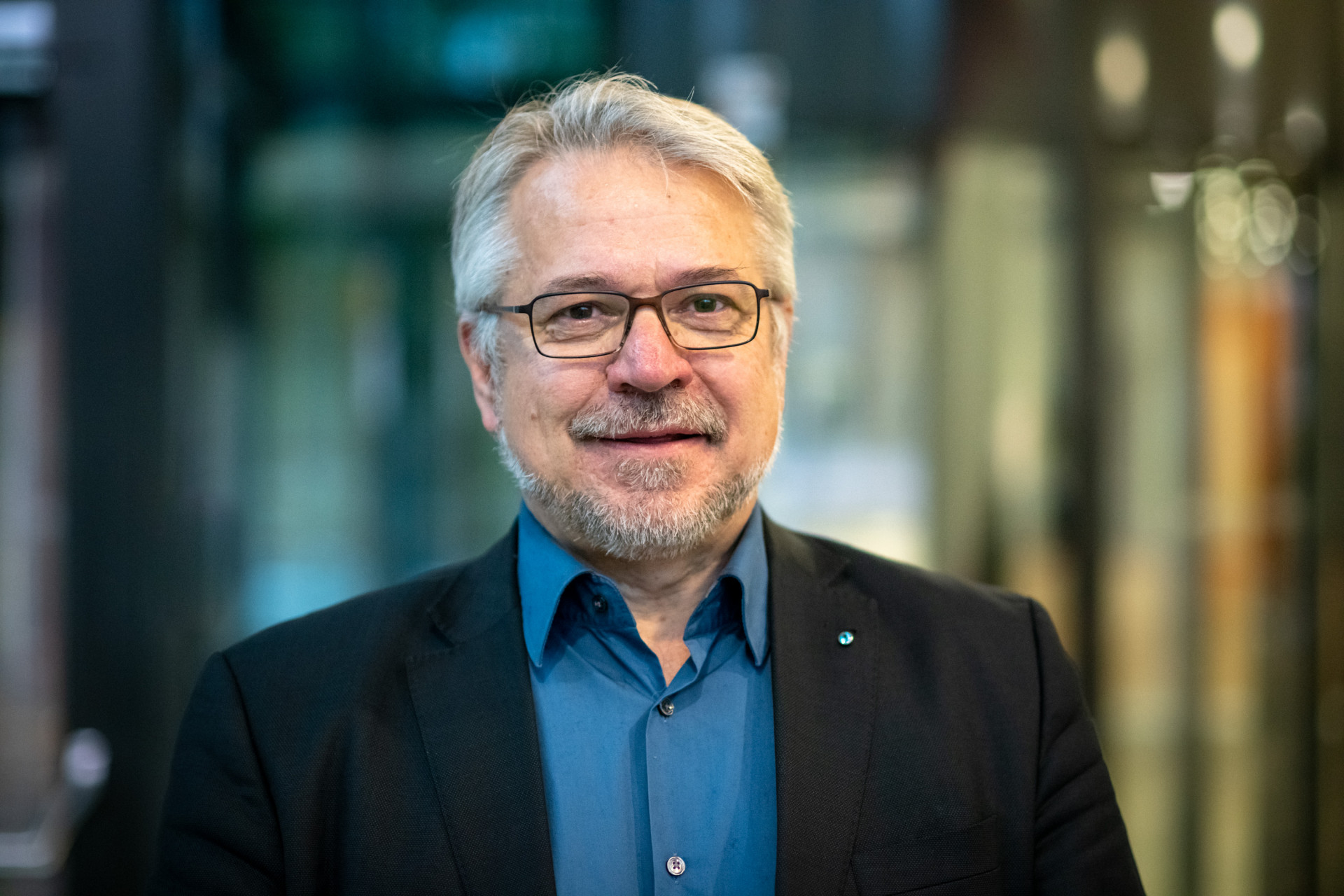How climate change is changing our relationship with water
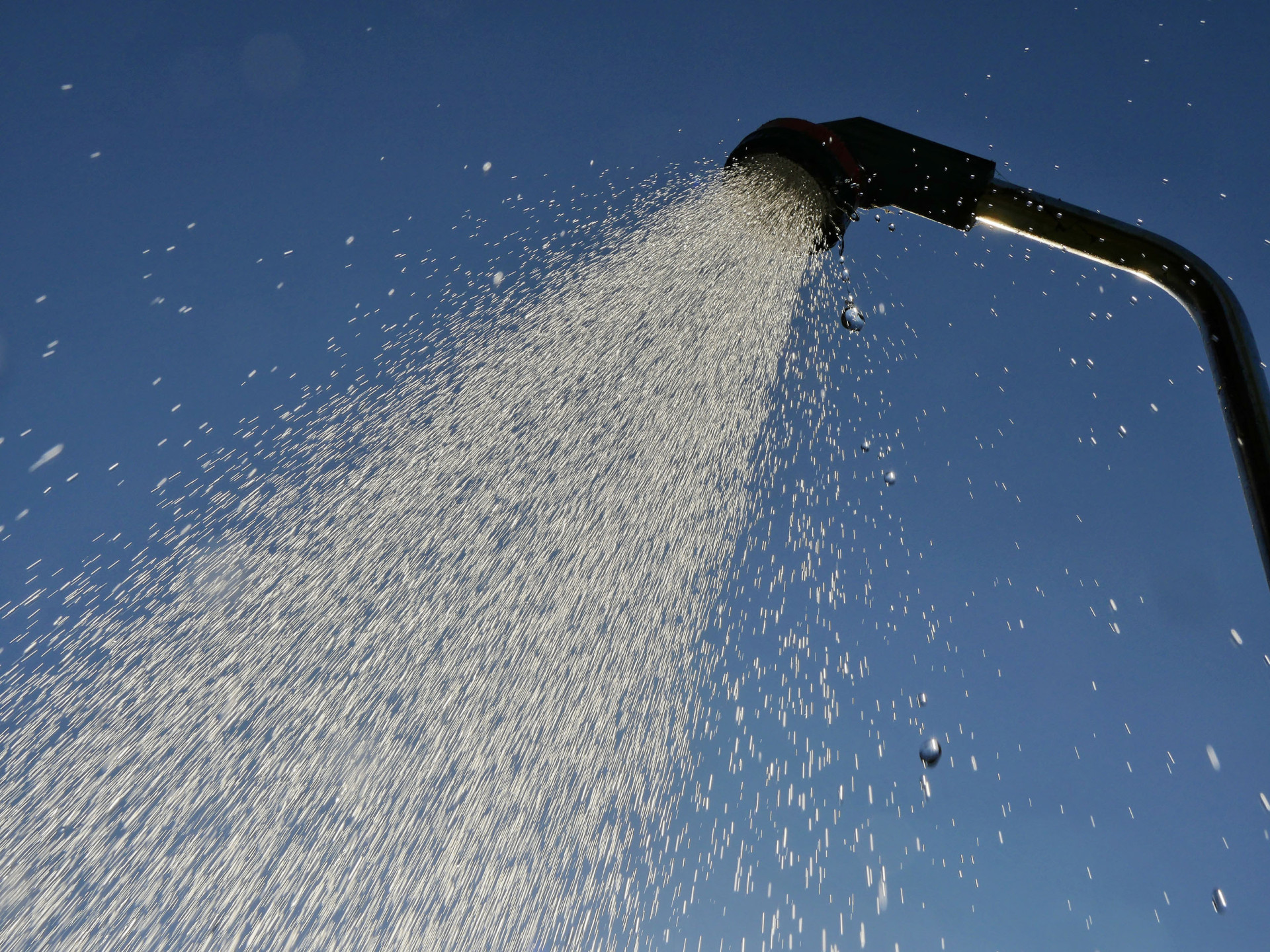
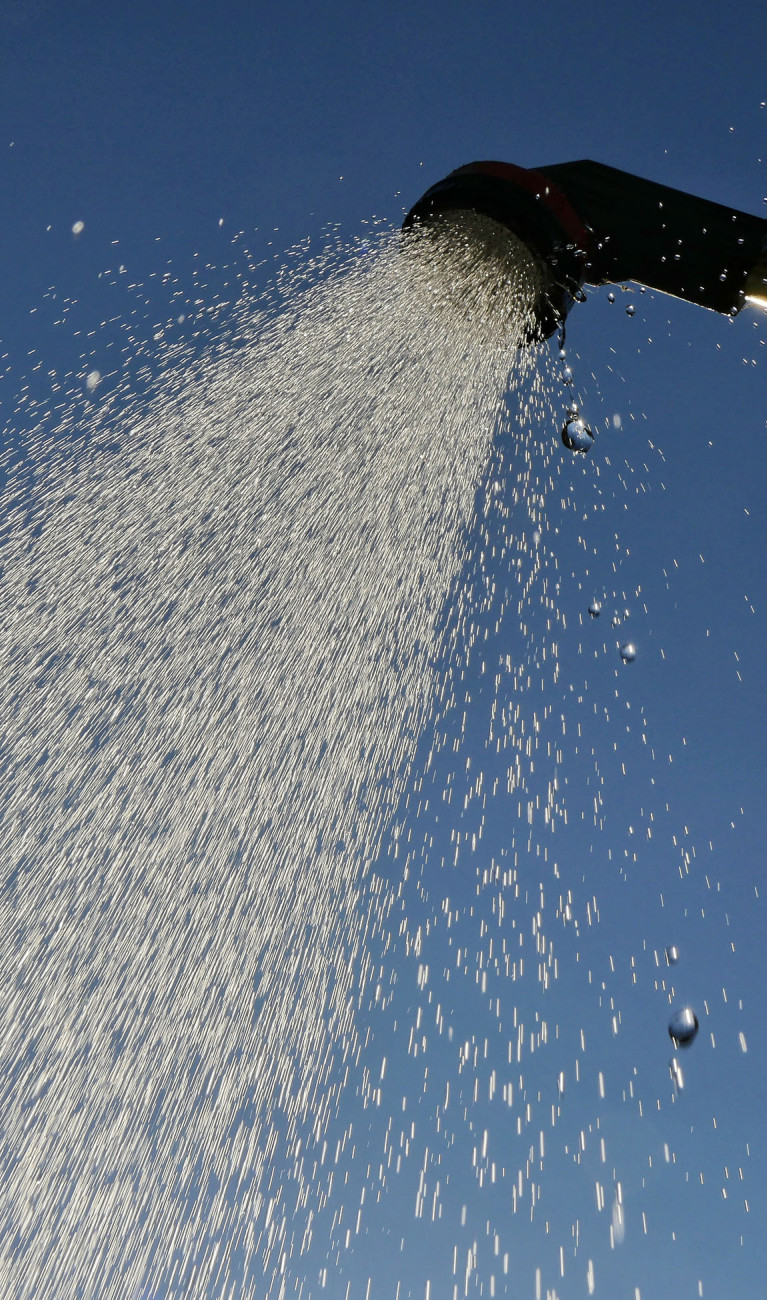
Drinking water for showering, washing dishes, and flushing toilets: In Germany, we use water pretty indulgently. Climate change will likely bring an end to that. What will it take to ensure our future reserves of this precious resource?
At the mere turn of a faucet, Germans can expect water to be readily available straight from the pipes. Yet, Prof. Dr. Dietrich Borchardt, the Head of the Water Resources and Environment research unit at the Helmholtz Centre for Environmental Research (UFZ) in Leipzig, Germany, warns that this could change. In the face of climate change, Borchardt is calling for a conceptual overhaul of the German water infrastructure – not only to ensure the water supply and avert damage brought on by drought and floods, but also to improve peoples’ health, environment, and quality of life.
Dry years make water a scarce resource, even in rainy Germany
Most of Germany's drinking water is drawn from the groundwater. However, water suppliers are already reaching their extraction limits these days. Little precipitation over a succession of dry years has caused the ground to dry up significantly and led to groundwater levels sinking. To use groundwater sustainably, “we cannot extract any more water than is naturally replenished,” says Borchardt.
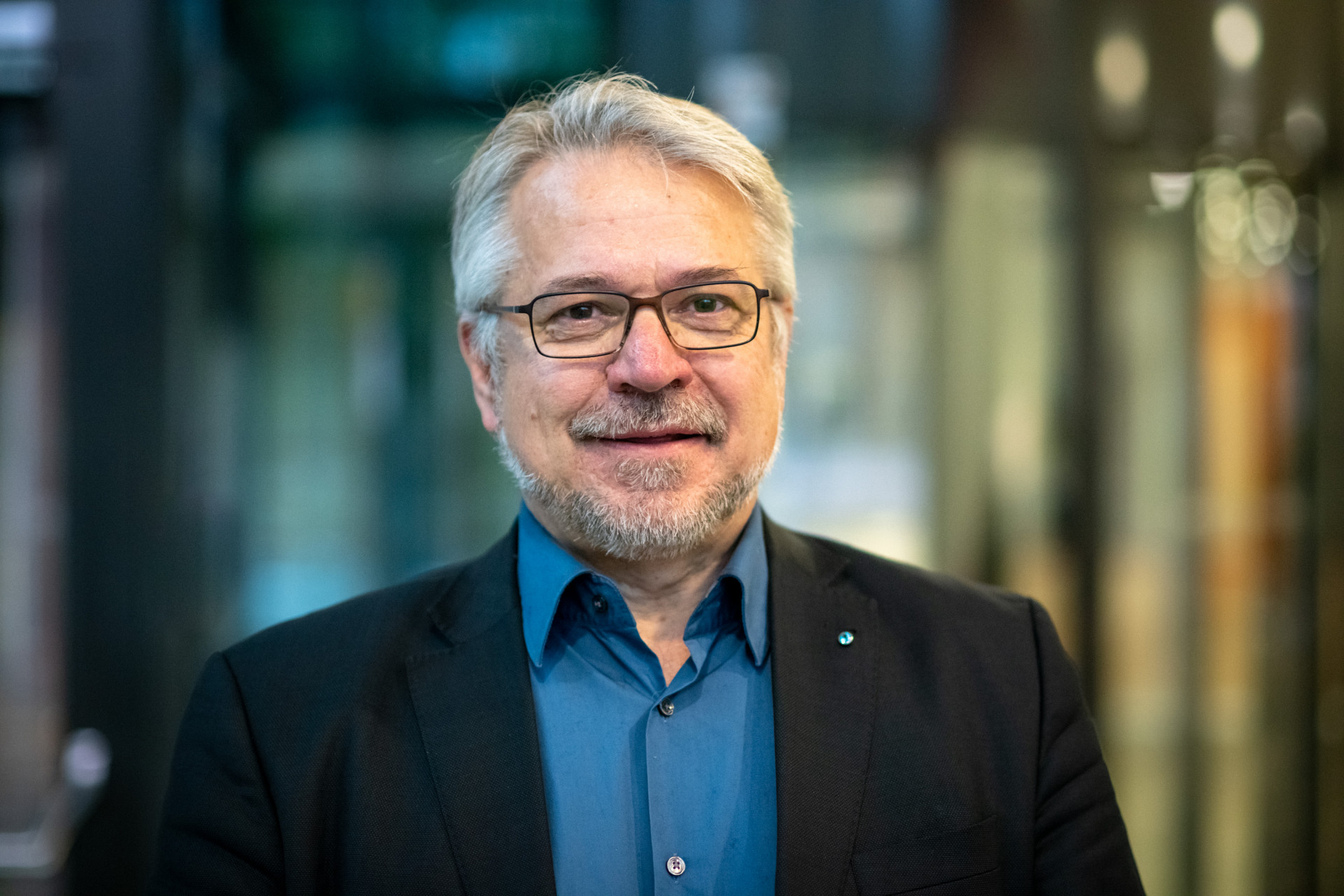
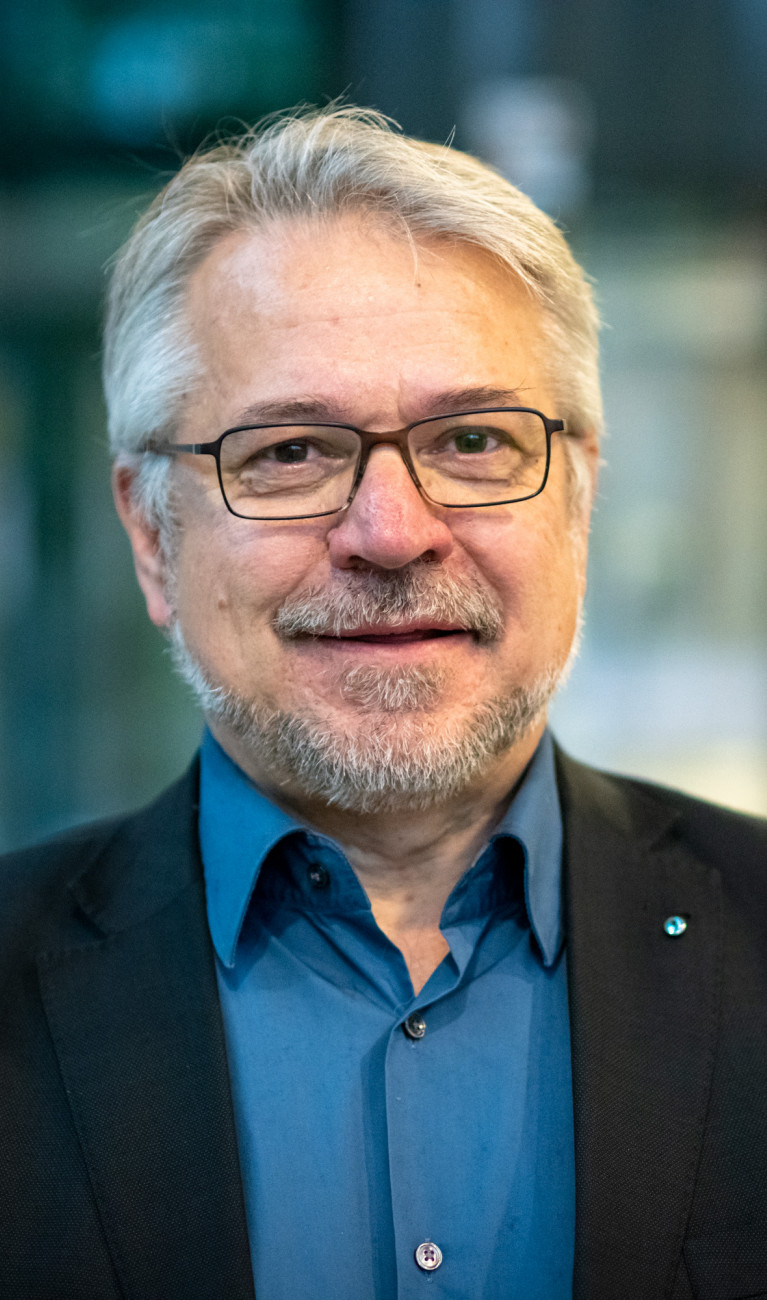
Climate change can also impact other sources of water. A portion of the German drinking water is drawn from the surface of dams and as bank filtrate along rivers and subsequently purified. In dry phases, water levels in rivers recede. The changing climate will prolong these phases. Sudden, intense rainfalls cause even small streams to rush over their banks.
Germany will also need to adopt a new approach to managing the country’s old dams. Toxic algal blooms are posing a risk to the water quality, and some of the dams might even need to be rebuilt.
Drinking water from the faucet – a luxury
The fact that drinking water comes directly from the tap almost everywhere – and always – in Germany is a luxury. In many places throughout the world, tap water is polluted with chemicals and pathogens, making it unsafe for consumption. Germans are advised against consuming their water only in exceptional circumstances – for example, if it is contaminated with bacteria or microorganisms or exhibits elevated levels of metals. These metals can be released from rock as the water flows to the drinking water wells.
Beyond just drinking their clean water, Germans also use it for other purposes, such as cleaning, showering, bathing, and running dishwashers and washing machines. In Germany, an average of 123 liters of tap water is consumed, per person per day. Three decades ago, that number was nearly 150 liters. “We can't bring that number much lower,” says Borchardt, “unless people only shower once per week and build themselves a dry toilet.”
When people shower or wash their hands, however, the water remains relatively clean. This so-called “gray water” has a lot of potential: It could be purified and then reused for things like watering the lawn, running the washing machine, or flushing the toilet. This would require having two piping systems in the house – one for the dirty wastewater and the other for the cleaner gray water.
Recycling gray water instead of wasting it
The less dirty water could be treated directly in one’s own home. “This wouldn't be any more expensive than having a heating unit in the basement,” says Borchardt.
There would only be initial installation required for the separate pipelines and the water treatment unit. In new buildings that’s pretty easy to install and has already been implemented in entire neighborhoods, as part of pilot projects. “In older buildings, this is more complicated because you either need to feed in separate plumbing lines afterwards or perform extensive renovation works,” concedes Borchardt.
Industrial examples demonstrate just how far one can go with water recycling. In the paper industry, which is particularly water-intensive, process water is already being treated and reused up to ten times. If people started reusing water in their private households, they could significantly reduce their net consumption. That would mean less, albeit dirtier, wastewater would flow into the sewage system. To cope with it, the capacity of the sewage systems and treatment facilities would need to be adjusted.
“Sustainable water management must be considered at the level of the overall system,” explains Borchardt, “from a drop of rainwater to the tap and then back.”
Clean from the clouds: Collecting rainwater
A resource that is still drastically underused in Germany is precisely that – rainwater. “Our current modus operandi with rainfall is to get the water out of the city as quickly as possible,” says Borchardt. In his view, that needs to change as this approach causes complications not only within, but also outside of city limits.
In hot summers, the city dries up and becomes a heat island that traps the warmth. Heavy rainfall can cause flooding in areas with ground covered by asphalt, cement, and rock. Plus, if the rainwater flows through dirty streets on its way out of the city, it mixes with harmful substances and then introduces pollutants into the waters’ various ecosystems.
What can I do?
Be intentional and sensible in your use of water. Even if the price that you pay for water in Germany is affordable, it is a precious resource that is growing ever more scarce.
- Only use as much as you really need – whether you are watering the lawn or showering
- Assume responsibility for your water: Learn where your water comes from
Importantly, in addition to your consumption, which you can directly track, there is also a hidden “water footprint” as there are many products that require a lot of water to produce. Depending on consumption habits, this can mean thousands of liters per person per day. So, when you are shopping:
- Avoid products with a very large “water footprint.”
Do your part for water quality:
- Don't pour chemicals, varnishes, left-over medications, or similar things down the drain
- Avoid products where water is polluted during the production process (e.g. by pesticides)
As a result, streams and rivers do not swell as much in times of heavy rain, which means that the water is less likely to flow over the banks, thus avoiding damage to roads and buildings. When it is hot for several days in a row, the water evaporates, cooling the air and reducing the temperature difference between the city and the countryside.
Better health and quality of life
If we manage to transform our houses, cities, and water-related infrastructure in the coming decades, it would be a win on many levels, explains Dietrich Borchardt. The supply of drinking water would be ensured, as well as the safety of populations near rivers. People living in a so-called “sponge city” would also benefit from improved health and quality of life. Fewer people would die as a result of heat waves. Highly purified water from the sewage treatment facilities would protect the biodiversity in the waterways and keep rivers and lakes fresh and clean.
More green areas and trees would offer shade and space for leisure, and the inner city would become more attractive as a green living space with pleasant temperatures, lakes, and rivers.
Dietrich Borchardt has a particular dream in mind: “Imagine that you could go to the Berlin Palace and just jump into the Spree for a swim!” However utopian that may sound for the German capital, it is already a reality in Stockholm and Copenhagen: cities are experiencing a revival of public river baths.
At the end of the enormous project to renovate plumbing, piping, dams, and sewage treatment facilities that now needs to happen, there is something to look forward to: improved safety, health, quality of life, and – perhaps – urban bathing.
Helmholtz’ research:
How dry are Germany's soils today? Check out the water monitor by Forschungszentrum Jülich:
With climate change, heavy rainfalls are becoming more intense. How many pollutants end up in the sewage systems and waterways?
How can dams be administered more sustainably? Researchers at Helmholtz are exploring this issue as part of the TERENO project at the Rappbode Dam:
What’s the impact of water from sewage treatment facilities and its quality on the biodiversity of rivers? The UFZ provides information to government agencies:
